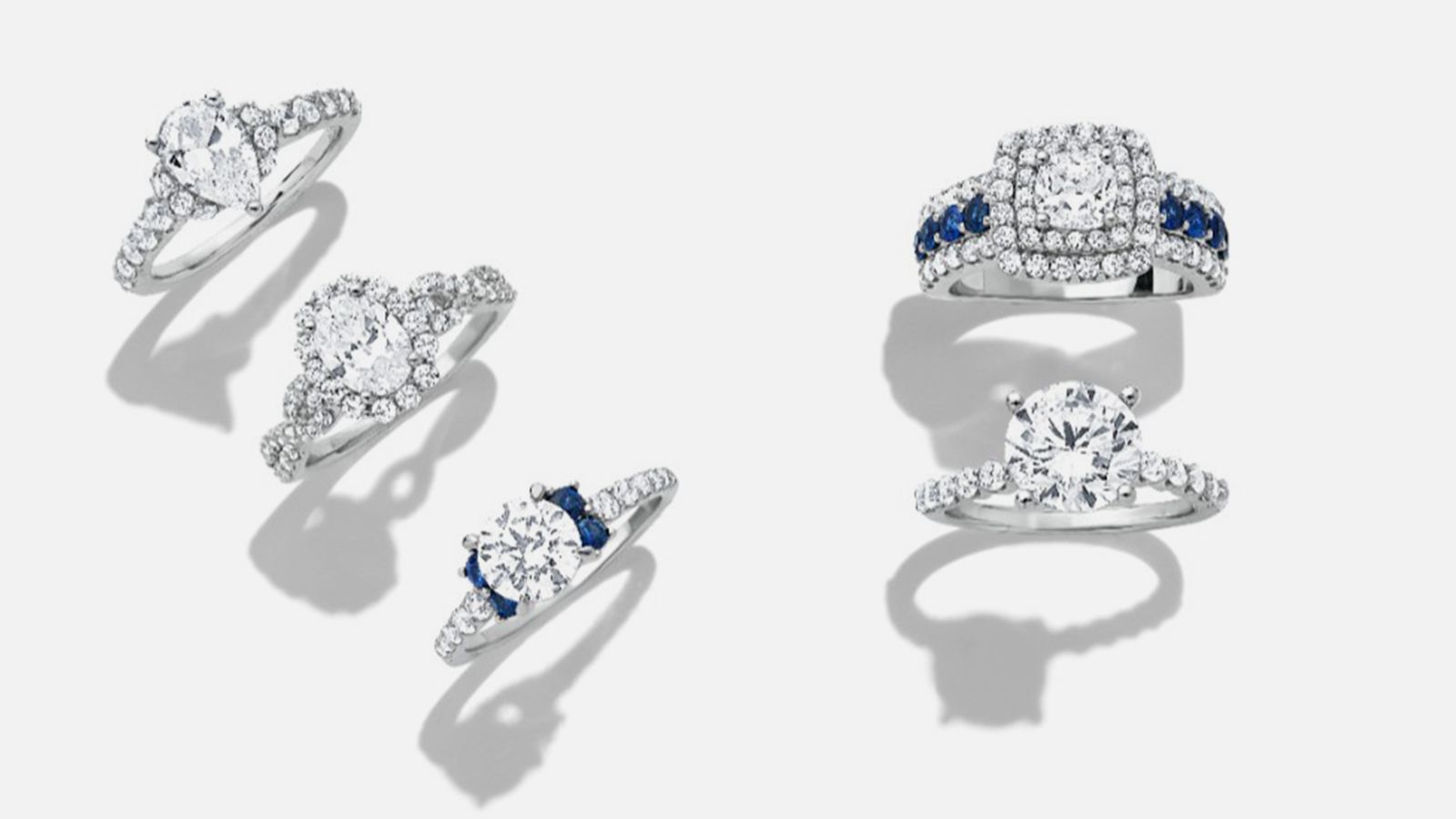As environmental awareness increases, more people are seeking sustainable alternatives to traditional products, and diamonds are no exception. Lab-grown diamonds have emerged as a popular choice, and their environmental benefits align with the principles advocated by organizations like the World Wildlife Fund (WWF). In this article, we will explore the relationship between WWF’s environmental efforts and the growing demand for lab-grown diamonds, showcasing how these two concepts intersect in the quest for sustainability.
WWF’s Environmental Efforts and Sustainable Practices
The World Wildlife Fund (WWF) is a globally recognized environmental organization dedicated to protecting the planet’s biodiversity and reducing the negative effects of human activities. WWF’s mission revolves around addressing climate change, preserving forests, protecting oceans, and ensuring sustainable practices in various industries. With a growing focus on the ecological impact of human actions, WWF advocates for alternative solutions that can help mitigate the damage done to the environment.
One area where WWF’s efforts have aligned with sustainability is in the jewelry industry, particularly when it comes to the production of wwF and lab grown diamonds. Traditional diamond mining has long been associated with environmental degradation, including habitat destruction, pollution, and unsustainable practices. WWF has been vocal about the environmental challenges posed by diamond mining and has encouraged consumers and industries to explore more sustainable options.
Lab-Grown Diamonds as an Eco-Friendly Solution
Lab-grown diamonds have emerged as a viable, sustainable alternative to mined diamonds. Created in laboratories using advanced technologies, such as High Pressure High Temperature (HPHT) or Chemical Vapor Deposition (CVD), lab-grown diamonds possess the same chemical and physical properties as natural diamonds. However, their production process is significantly less harmful to the environment.
Unlike mined diamonds, which often require large-scale excavation and can result in environmental damage, lab-grown diamonds are produced with minimal ecological impact. The process of creating lab-grown diamonds uses fewer resources and doesn’t contribute to deforestation, soil erosion, or the displacement of wildlife. This makes lab-grown diamonds a more eco-friendly option for consumers who are concerned about the environment.
How WWF Supports Sustainable Practices in the Diamond Industry
WWF has been an advocate for sustainability across multiple industries, and its stance on the diamond sector reflects its broader commitment to environmental protection. The organization has supported initiatives that promote sustainable mining practices, such as those that reduce carbon emissions and minimize waste. However, WWF has also acknowledged the growing role of lab-grown diamonds in advancing sustainability within the jewelry market.
Lab-grown diamonds, due to their reduced environmental impact, are seen as an important step in the right direction. WWF encourages consumers to make informed choices and consider the long-term environmental consequences of their purchases. By choosing lab-grown diamonds, consumers can help reduce the demand for mined diamonds, which often come with hidden environmental costs. WWF’s endorsement of sustainable alternatives like lab-grown diamonds helps raise awareness about the need for responsible sourcing and environmentally friendly practices in the jewelry industry.
WWF’s Advocacy for Ethical Consumerism
WWF’s support for lab-grown diamonds is part of its broader advocacy for ethical consumerism. As consumers become more aware of the environmental and ethical challenges posed by various industries, organizations like WWF emphasize the importance of making choices that align with sustainability and ethical standards. Lab-grown diamonds represent an ethical alternative to mined lab diamonds, as they eliminate concerns related to “conflict diamonds” or exploitation in mining regions.
Choosing lab-grown diamonds also supports ethical practices by reducing the pressure on ecosystems and communities affected by traditional diamond mining. WWF’s campaigns focus on the positive impact of sustainable and ethical consumption, promoting products that are produced with respect for the environment, labor rights, and wildlife protection. Lab-grown diamonds are a prime example of how sustainable choices can be made in the jewelry industry.
The Future of Lab-Grown Diamonds and WWF’s Role in Shaping Sustainability
As the demand for lab-grown diamonds continues to rise, WWF’s role in advocating for sustainability becomes even more critical. The future of the diamond industry may depend on the widespread adoption of eco-friendly alternatives, and lab-grown diamonds are poised to lead the way. With the growing awareness of the environmental and ethical challenges of mining, consumers are increasingly opting for lab-grown diamonds as a more responsible choice.
WWF’s efforts to educate the public and industries about the environmental impact of diamond mining and the benefits of lab-grown diamonds will likely drive further change in the sector. By continuing to advocate for responsible practices and supporting sustainable alternatives, WWF can help shift the industry toward more eco-friendly and ethical solutions.
Conclusion: WWF and Lab-Grown Diamonds as a Step Toward a Sustainable Future
The partnership between WWF’s environmental mission and the rise of lab-grown diamonds highlights a significant step toward a more sustainable and ethical jewelry industry. Lab-grown diamonds offer a solution to many of the environmental and ethical issues associated with traditional diamond mining, making them an ideal choice for consumers who want to make a positive impact on the planet. As WWF continues to raise awareness about the benefits of sustainable alternatives, the future of diamonds is likely to be shaped by lab-grown options that prioritize environmental protection and ethical practices.
By choosing lab-grown diamonds, consumers not only gain access to stunning, high-quality gemstones but also contribute to a more sustainable future. WWF’s support for these eco-friendly diamonds helps pave the way for a new era of jewelry that reflects both beauty and responsibility.







